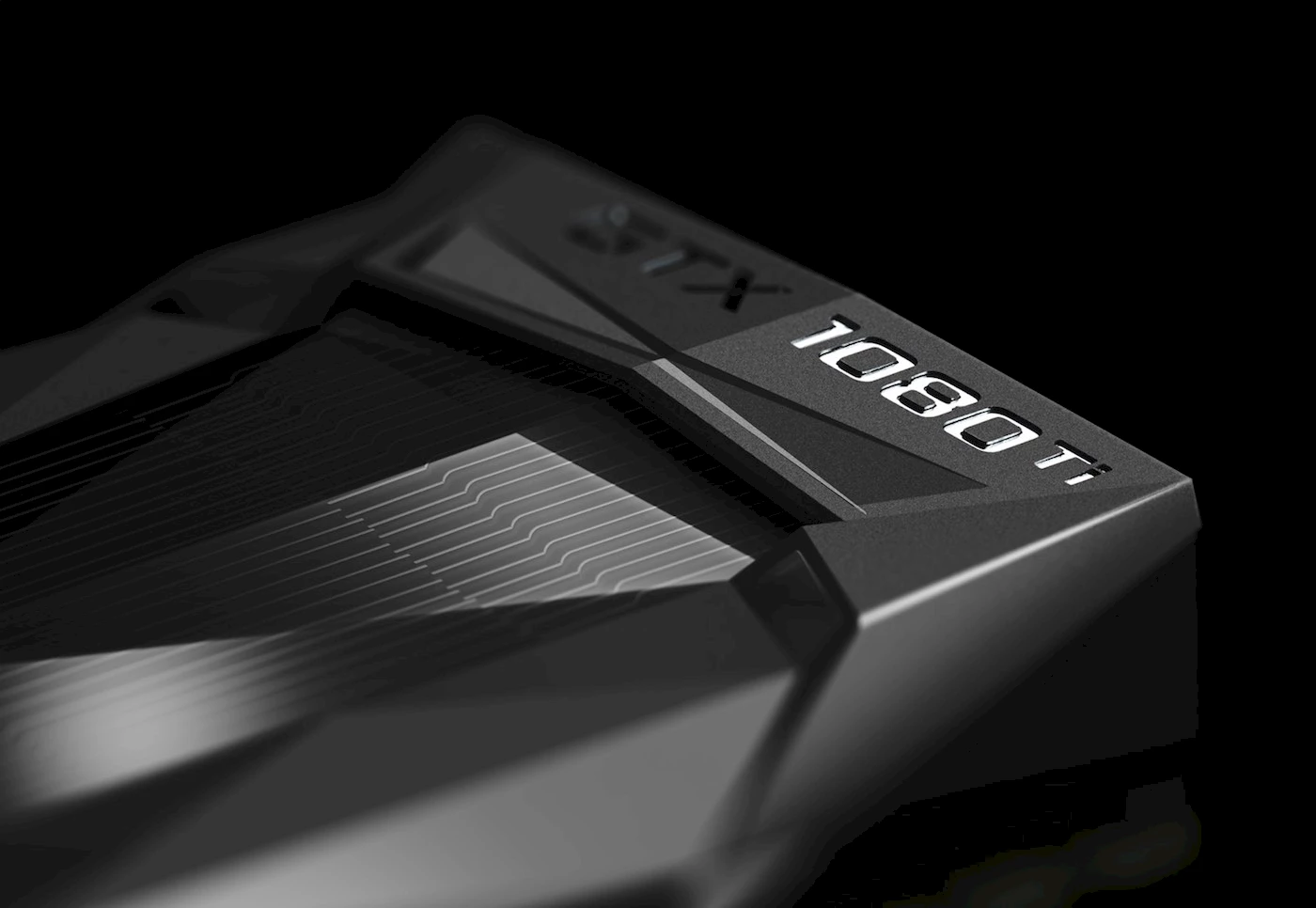Boston Dynamics’ new robot
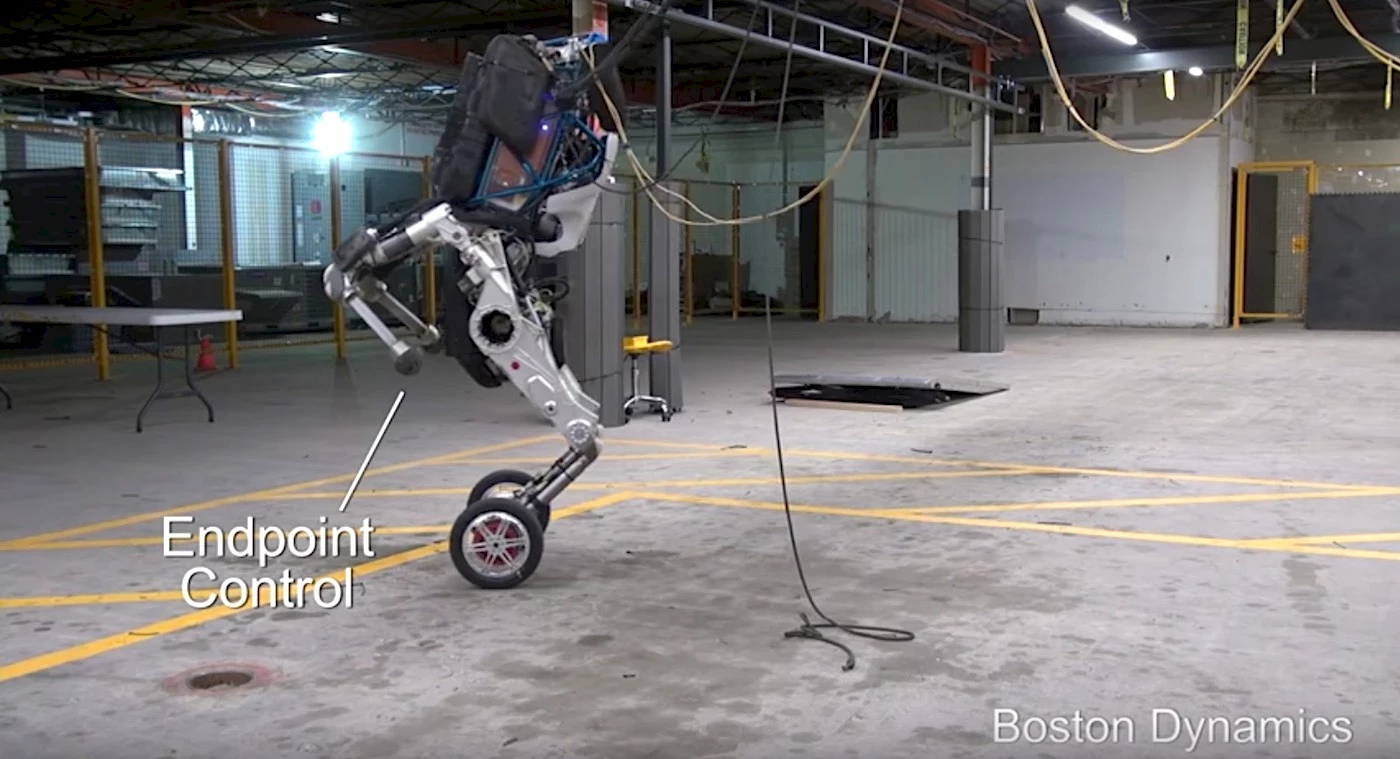
Handle. © Boston Dynamics.
Last year, we wrote about the possibility of Google selling off Boston Dynamics. A year later, the company is still part of the Alphabet family. Another thing that hasn’t changed is Boston Dynamics’ impressive yet creepy creations. To wit, their latest brainchild Handle, a wheeled, bipedal robot standing at over 6 feet, able to jump 4 feet high and reach speeds of 9mph. Running on batteries, it can travel 19 miles. With just 10 actuated joints, Handle is mechanically simpler than its predecessors. Siddhartha Srinivasa, Professor at Carnegie Mellon University, told Recode: “This is one of the most remarkable robots I have seen in a long time. Boston Dynamics is truly the Apple of robotics, when it comes to tightly integrating hardware design with software and artificial intelligence.”
⇨ Recode, “Roboticists say Boston Dynamic’s new nightmare robot is unlike anything ever seen before.”
GeForce GTX 1080 Ti
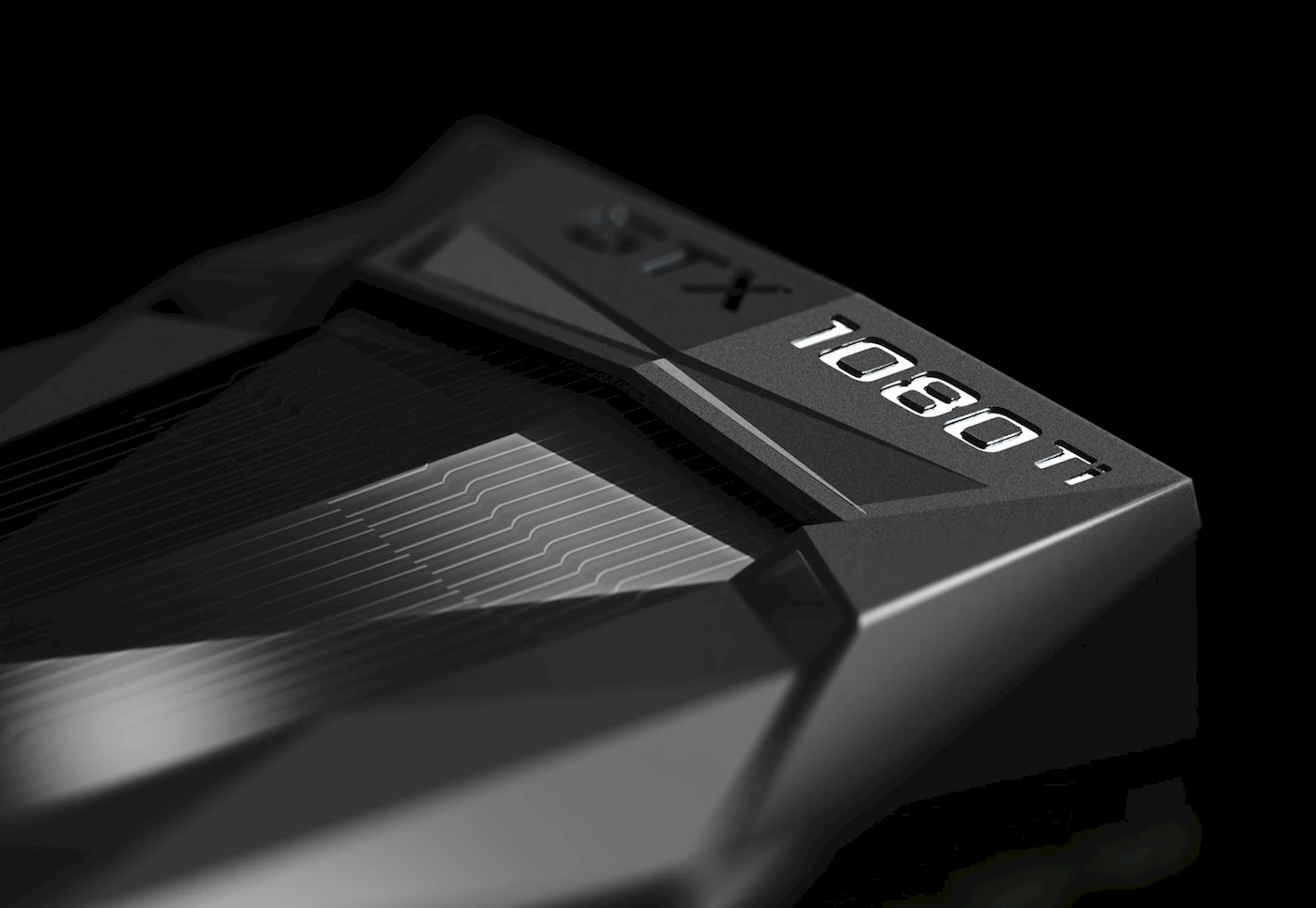
GeForce GTX 1080 Ti. © Nvidia.
The rumours had been circulating for months, and expectations were at fever pitch. Today, Jen-Hsun Huang, President of Nvidia, finally unveiled the company’s new graphics card at San Francisco’s Game Developers Conference. The GeForce GTX 1080 Ti should be 35% faster than the GTX 1080, and faster even than the Titan X, which looks very similar. It comes with 11GB of RAM GDDR5X with 11 Gbps and runs on “just” 220 watts. It should be available sometime in March, for the surprisingly low price of US$699 (the Titan X is US$1,200). We can’t wait to see AMD’s counter-offensive, with its new Radeon RX Vega cards set to be unveiled in April.
⇨ PC Gamer, “Nvidia’s GeForce GTX 1080 Ti is finally here.”
XZ Premium: it’s all about power
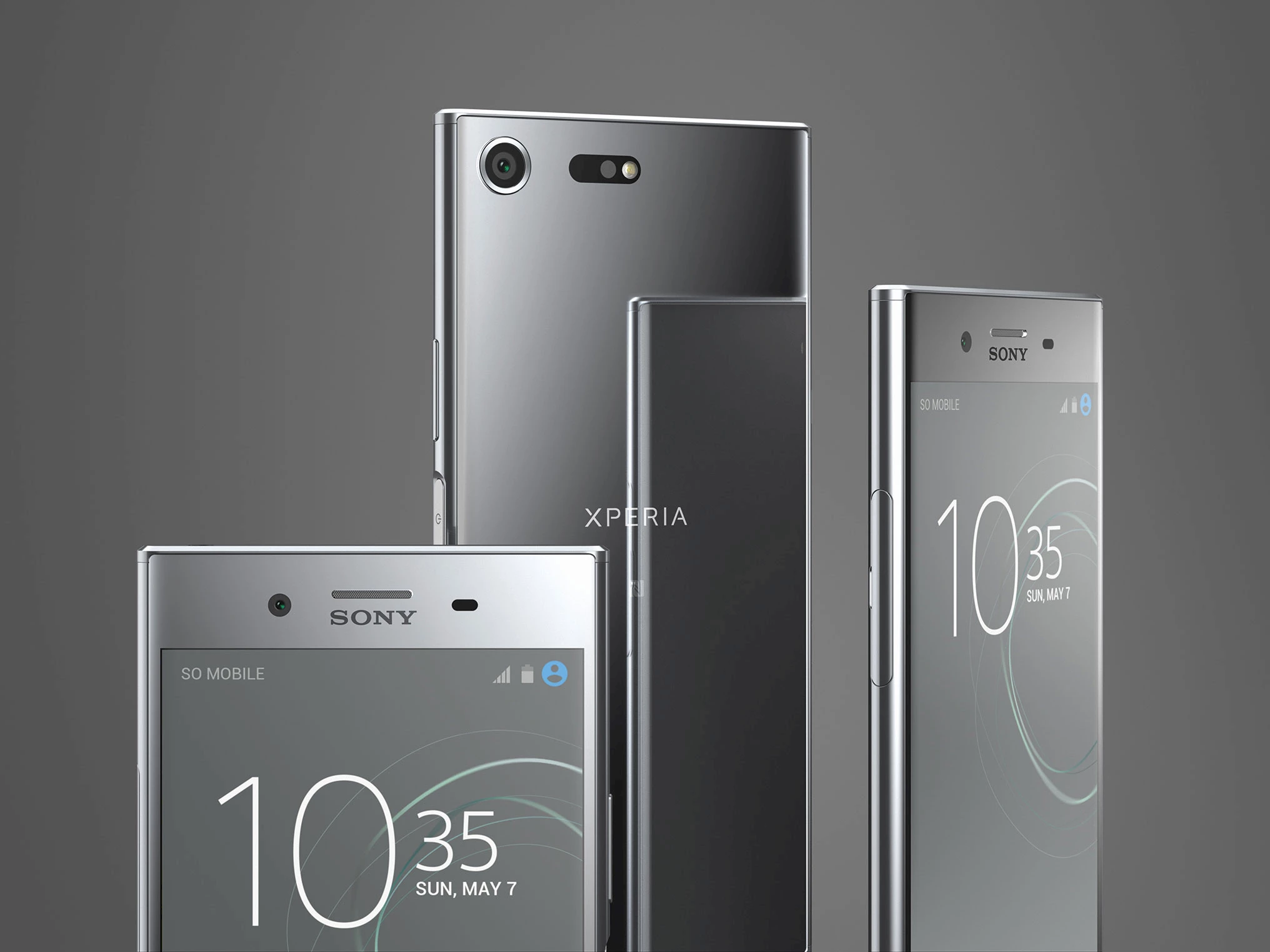
Xperia XZ Premium. © Sony.
At the Mobile World Congress in Barcelona, Sony unveiled its flagship Xperia, the XZ Premium. The design is boxy and boring, but the specs are to die for: 5-second videos at 960 frames per second, a 5.5-inch, 4K (801 ppi) screen, nothing less… And the rest is nothing to sneeze at: Snapdragon 835 processor, 4GB of RAM, 64GB of storage, IP68 water resistance, 19-megapixel main camera and 13-megapixel secondary camera. No info on price or availability has yet been released.
⇨ Ars Technica, “Xperia XZ Premium hands-on: Sony powerhouse has a Snapdragon 835, 4K LCD.”
⇨ Newsshooter, “Sony’s new Xperia XZ and XZ Premium smartphones can shoot video at 960fps.”
Alcatel’s A5 LED disco phone
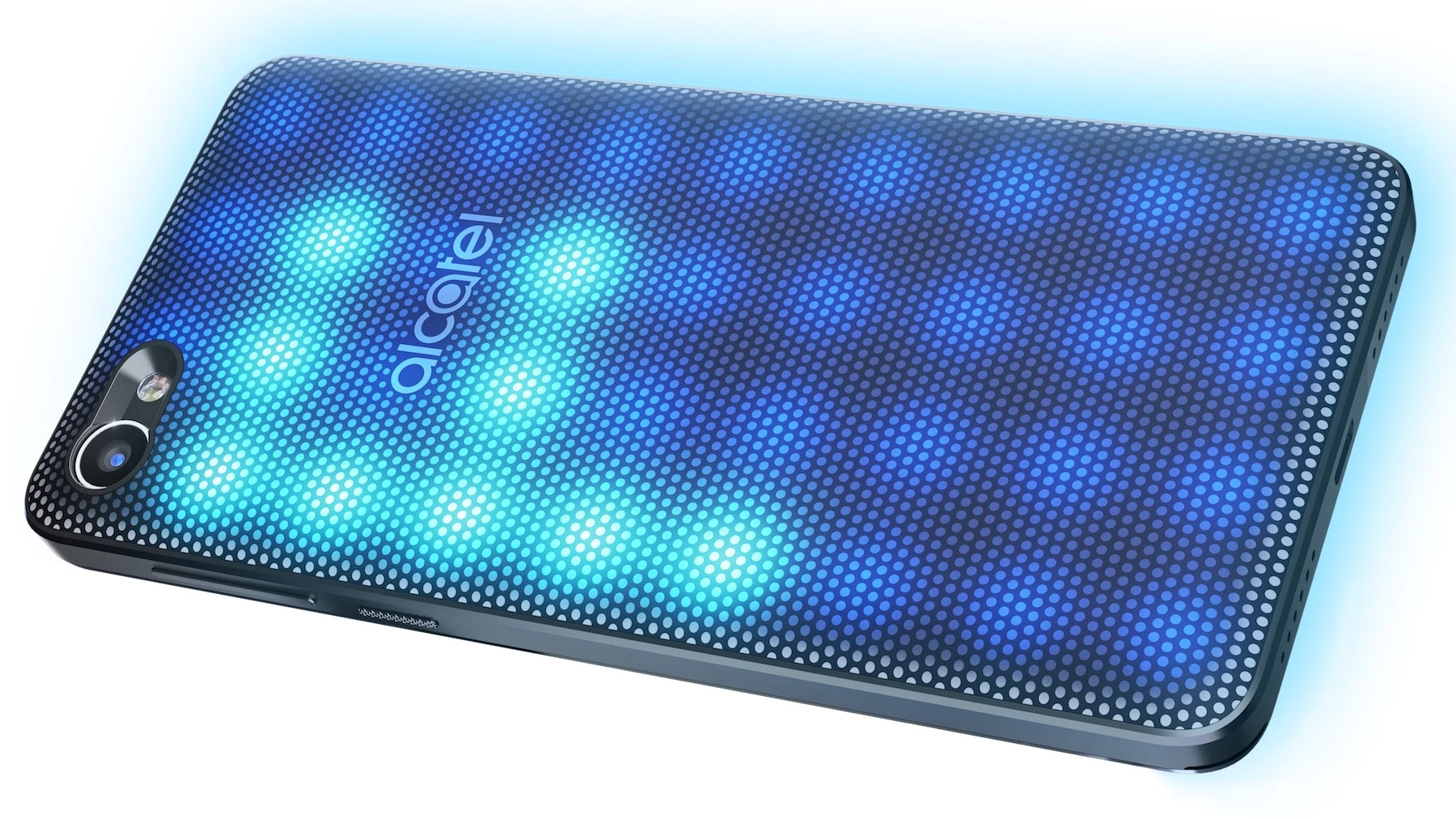
Alcatel A5 LED. © Alcatel/TCL.
Original design is a scarce commodity in the Android phone market, where one handset looks much like the next. So let’s raise our devices to a very different phone, the Alcatel A5 LED, produced by Chinese manufacturer TCL. This mid-range smartphone will not turn you on with its run-of-the-mill features: 5.2-inch, 720x1280 screen, 2GB of RAM, 16GB of storage, 8MP camera, 4G LTE, 8-core 1.5GHz processor. But the back panel comes drenched in multi-coloured LEDs that can be used for notifications, or beat and blink to the rhythm of your favourite tune or pre-programmed graphic theme (there’s an app for that). Not keen on the light show? Remove the panel and replace it with one equipped with loudspeakers or an extra battery. The A5 LED should be available in May for about €200 (CA$280). No word yet on North American availability.
⇨ The Register, “Alcatel wants to be Android, but different – and another crack at the Windows market.”
⇨ PC Mag, “The Alcatel A5 LED is the most fun phone at MWC.”
New Raspberry Pi Zero
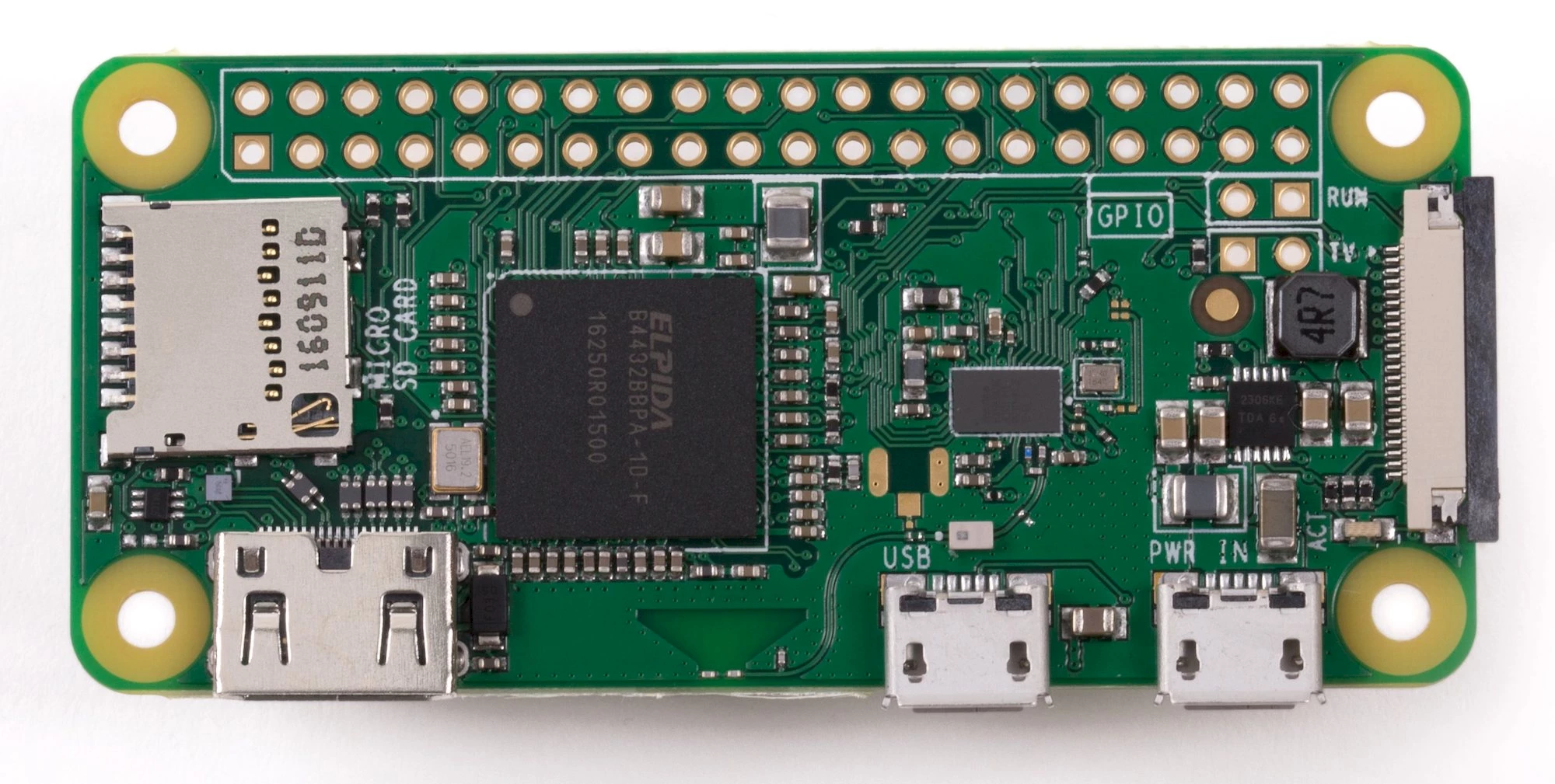
Raspberry Pi Zero W. © Raspberry Pi Foundation.
To celebrate its fifth birthday, Raspberry Pi Foundation unveiled a new variant of the Raspberry Pi Zero, with Bluetooth 4.0 and Wi-Fi (802.11n) connectivity, priced at just US$10. The rest of the Pi stays the same, with a single-core processor clocked at 1GHz, 512MB of RAM and Mini-HDMI and micro-USB ports. Just the thing for miniature robots or other systems where size and wireless connectivity matter. The Pi Zero W is available at Canakit for CA$13.45, with a limit of one per customer. The Starter Kit, which includes a case, an 8GB MicroSD card, a power supply, a USB On-The-Go cable and a Mini HDMI adapter, is going for CA$46. The original Pi Zero is still available, for CA$6.75.
⇨ Ars Technica, “New $10 Raspberry Pi Zero comes with Wi-Fi and Bluetooth.”
⇨ Raspberry Pi Foundation, “New product! Raspberry Pi Zero W joins the family.”
